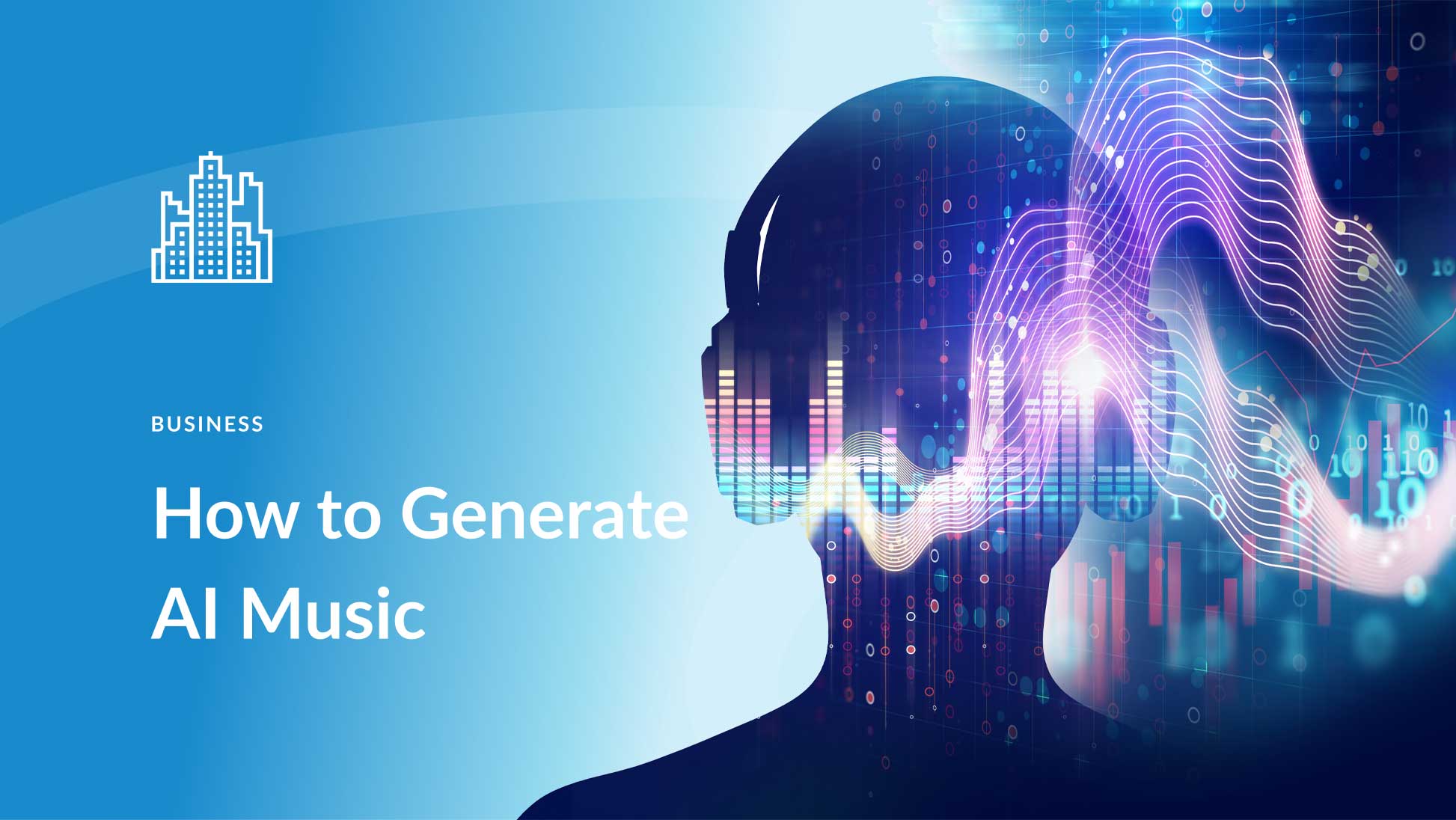In the digital age, artificial intelligence (AI) has revolutionized various fields, including music. Creating songs using AI is no longer a futuristic concept but a practical and accessible reality. Whether you’re a professional musician, a hobbyist, or simply curious, AI-powered tools can help you generate songs in a matter of minutes. This guide will walk you through the essential steps and tools needed to generate AI songs.
1. Understanding AI in Music Generation
AI music generation involves using algorithms and machine learning models to create musical compositions. These systems analyze vast amounts of data—from melodies and rhythms to lyrics and instrumentation—to produce original or derivative works. Some AI tools mimic the styles of famous artists, while others explore entirely new musical territories.
2. Getting Started: Setting Your Objectives
Before diving into AI music generation, define your goals:
- What style of music do you want to create? (e.g., pop, jazz, electronic, classical)
- What aspect of the song are you focusing on? (e.g., lyrics, melody, chords, arrangement)
- Are you creating music for personal enjoyment, professional projects, or experimentation?
Having clear objectives will help you choose the right tools and streamline your creative process.
3. Essential Tools for AI Music Generation
AI music tools fall into several categories based on their functionality. Here are some popular options:
a. AI Lyric Generators
If you need help writing song lyrics, these tools can provide inspiration:
- ChatGPT: Generate thematic and creative lyrics with customizable prompts.
- LyricStudio: Offers tailored lyric suggestions for various genres and moods.
b. AI Melody and Composition Tools
These tools assist in creating melodies and harmonies:
- Amper Music: Create fully composed tracks by selecting a mood, style, and tempo.
- AIVA (Artificial Intelligence Virtual Artist): Specializes in generating classical, jazz, and cinematic compositions.
c. AI Vocals and Singing
For vocal synthesis and singing, try:
- Vocaloid: A pioneer in AI vocals that lets you create realistic singing performances.
- Synthesizer V: Offers natural-sounding AI vocals with extensive customization options.
d. AI Beat and Instrumentation Generators
Tools for creating instrumental tracks include:
- Boomy: Ideal for creating beats and loops with minimal input.
- Magenta Studio: A suite of AI music tools developed by Google for creating melodies and drum patterns.
e. AI Audio Enhancement Tools
For mixing and mastering, consider:
- LANDR: Offers AI-driven mastering services for polished tracks.
- iZotope Ozone: Provides advanced audio processing features.
4. Step-by-Step Guide to Generating AI Songs
Step 1: Define the Song’s Structure
Most songs follow a standard structure, such as:
- Intro: Sets the mood and hooks the listener.
- Verse: Develops the story or theme.
- Chorus: The memorable, repetitive section.
- Bridge: Adds contrast or a new perspective.
- Outro: Brings the song to a close.
Decide on your song’s structure before generating its components.
Step 2: Generate Lyrics
Use an AI lyric generator to draft lyrics. Input details like:
- Themes or topics (e.g., love, adventure, heartbreak)
- Desired tone (e.g., happy, melancholic, empowering)
- Specific phrases or keywords
Step 3: Create a Melody
Choose a melody generator that aligns with your genre. Tools like Ampler Music or AIVA can create melodies that suit your lyrics. You can refine the melody manually or tweak it using DAWs (Digital Audio Workstations) like FL Studio or Logic Pro.
Step 4: Add Instrumentation
Use beat generators or instrumental composition tools to add layers to your track. Select instruments, tempo, and style to match your desired sound. Experiment with:
- Drum patterns
- Basslines
- Chord progressions
Step 5: Incorporate Vocals
If you’re adding vocals, either:
- Record your own voice and enhance it with AI tools.
- Use AI vocal synthesis software like Vocaloid or Synthesizer V.
Step 6: Mix and Master
Polish your track with AI audio enhancement tools. Focus on:
- Balancing levels (vocals, instruments, beats)
- Equalization (adjusting frequencies)
- Adding effects (reverb, compression, delay)
5. Tips for Successful AI Music Creation
Tip 1: Experiment and Iterate
AI tools often generate multiple outputs. Don’t settle for the first result—keep experimenting until you’re satisfied.
Tip 2: Combine AI with Human Creativity
AI is a powerful tool, but your unique input elevates the final product. Edit, arrange, and refine the AI-generated components to make them truly yours.
Tip 3: Stay Inspired
Draw inspiration from diverse sources, including other AI-generated tracks, traditional compositions, and your personal experiences.
Tip 4: Understand Licensing and Copyright
Some AI tools may retain rights to the music they generate. Check the licensing terms before using AI-created songs commercially.
6. The Future of AI in Music
AI is rapidly evolving, and its role in music production continues to expand. Future trends include:
- Collaborative AI: Tools that work interactively with artists in real time.
- Personalized Music: AI systems that create songs tailored to individual preferences.
- Advanced Vocal Synthesis: Hyper-realistic AI voices indistinguishable from human singers.
7. Challenges and Ethical Considerations
Challenge 1: Maintaining Originality
AI can replicate existing styles, but creating something truly original requires thoughtful input.
Challenge 2: Ethical Use of AI
Avoid generating music that mimics specific artists without permission. Respect intellectual property rights.
Challenge 3: Balancing Automation and Artistry
While AI simplifies music creation, over-reliance can dilute the artistic process. Strive for a balance between automation and creativity.
Conclusion
Generating AI songs is an exciting blend of technology and creativity. By leveraging AI tools and infusing your personal touch, you can produce music that resonates with listeners and pushes artistic boundaries. Whether you’re crafting catchy pop hits, cinematic scores, or experimental soundscapes, the possibilities are endless. Dive in, experiment, and let AI amplify your musical journey!

